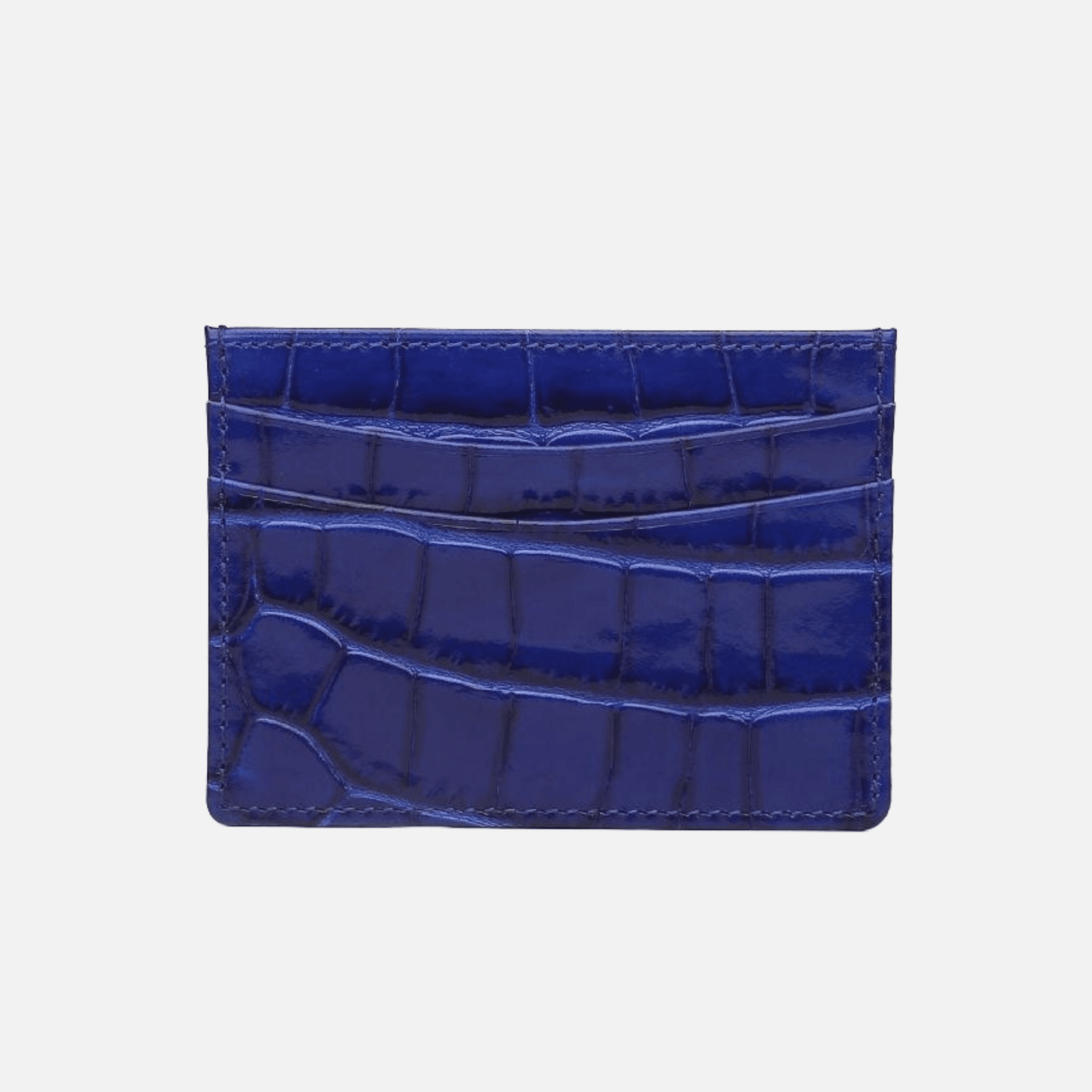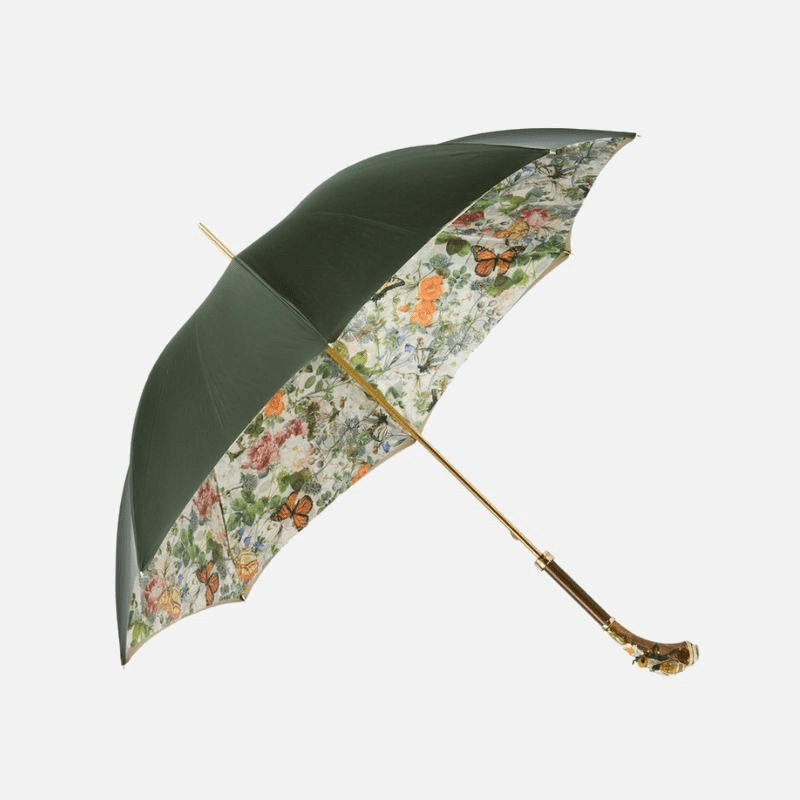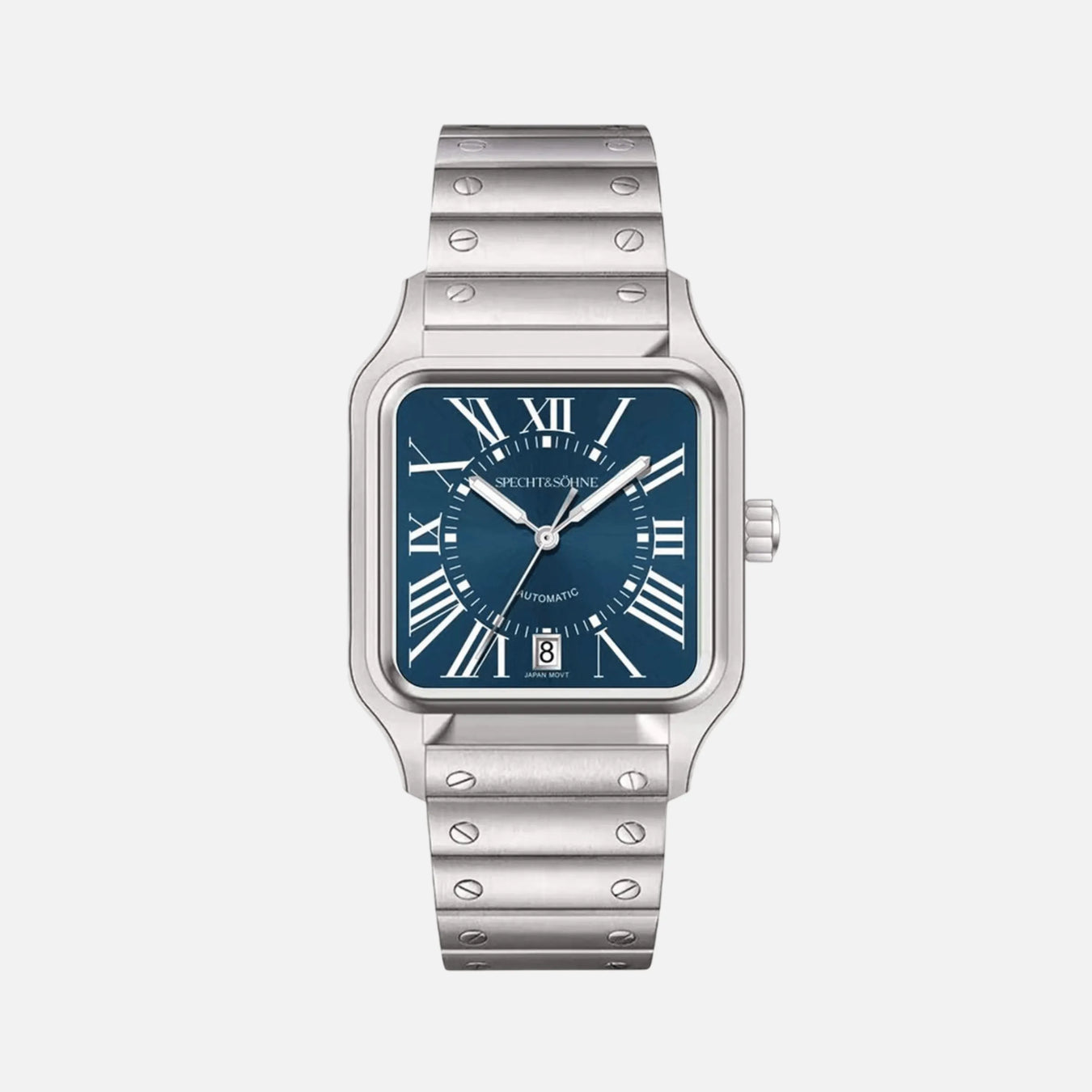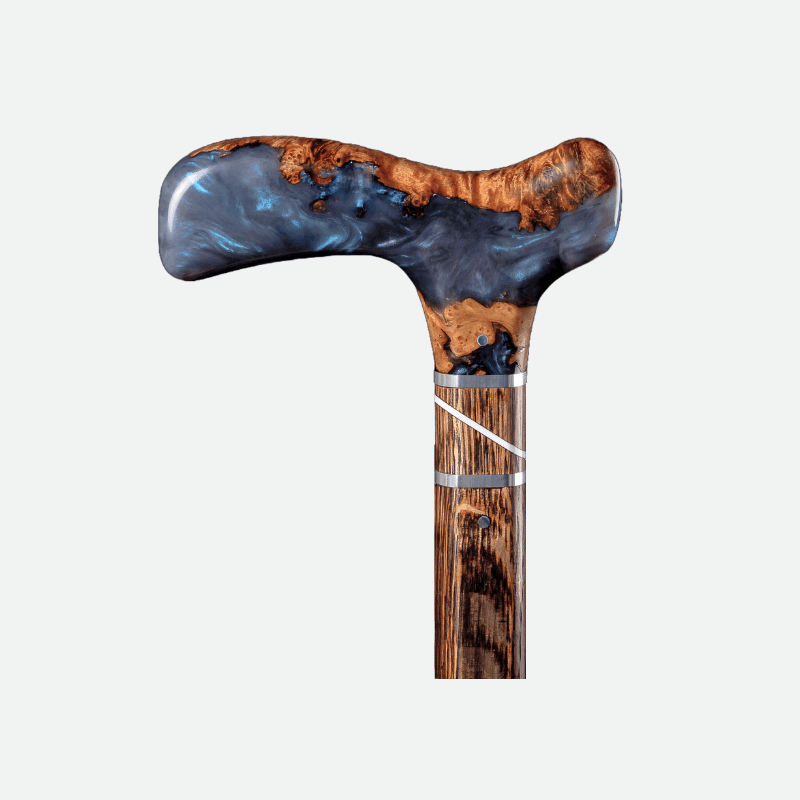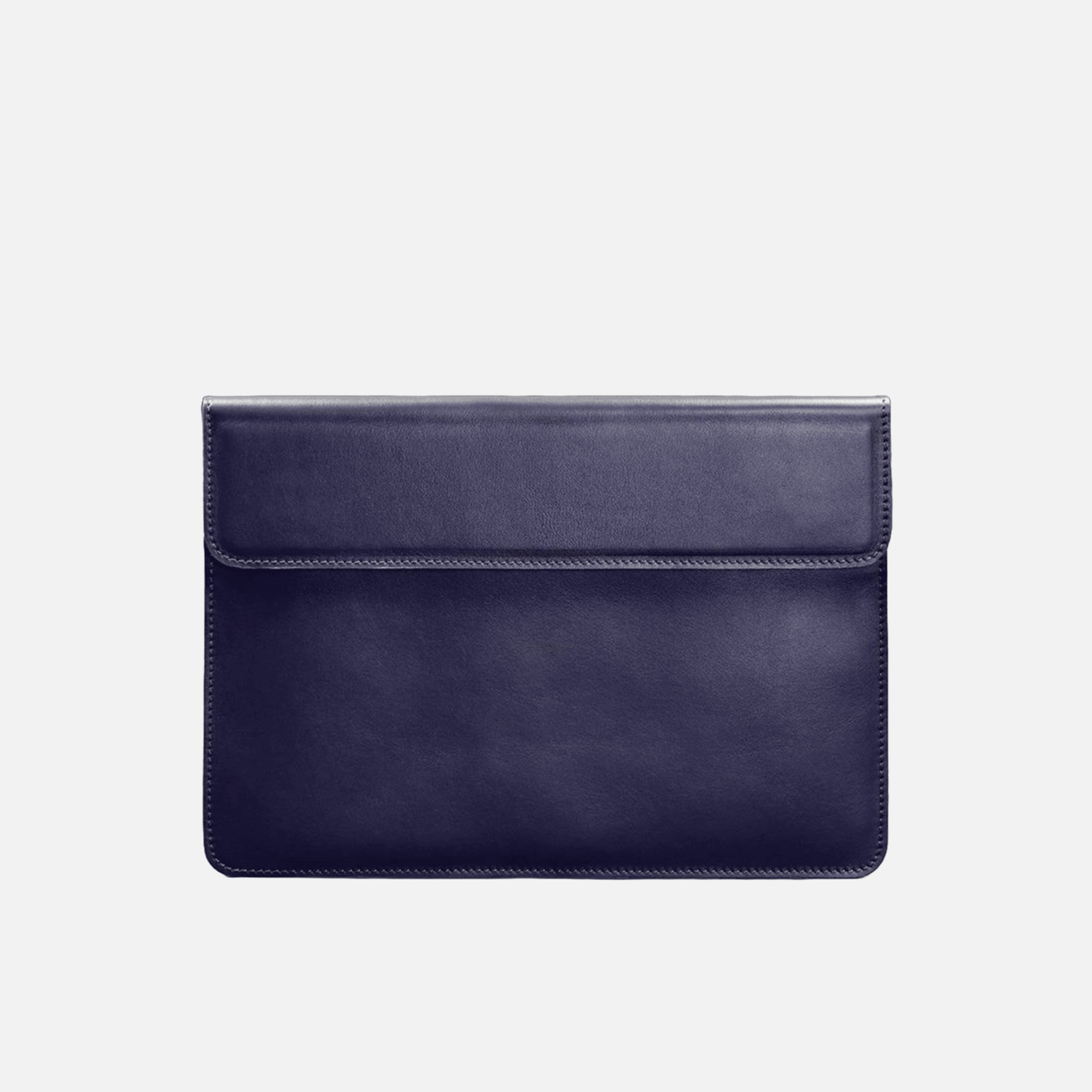Adding a sculpture to your living space can transform it, bringing personality, elegance, and a touch of artistry. However, selecting the perfect sculpture involves more than just picking something that catches your eye. You need to consider factors such as the style, size, material, and placement to ensure it complements your decor and fits seamlessly into your home. Here’s your ultimate guide to choosing the perfect sculpture for your living space.
The Ultimate Guide to Choosing the Perfect Sculpture for Your Living Space
1. Understand Your Style
The first step in choosing the right sculpture is to understand your personal style and the overall aesthetic of your home.
-
Modern and Contemporary: If your home features clean lines, minimalist decor, and modern furniture, opt for sculptures with sleek, abstract designs or geometric shapes.
-
Traditional and Classic: For a more traditional home, choose sculptures with classical themes, such as busts, figurative works, or pieces inspired by historical art.
-
Eclectic and Bohemian: In an eclectic space, you can mix and match various styles. Look for sculptures with vibrant colors, mixed materials, or whimsical designs that reflect your unique taste.
-
Rustic and Natural: In a rustic or nature-inspired home, sculptures made from natural materials like wood, stone, or metal can enhance the organic feel.

2. Consider the Size and Scale
The size and scale of the sculpture are crucial factors to consider. A piece that is too small might get lost in the room, while one that is too large could overwhelm the space.
-
Large Sculptures: Ideal for making a bold statement, large sculptures can serve as focal points in a room. Place them in open spaces, such as a spacious living room, entryway, or beside a staircase.
-
Medium Sculptures: These are versatile and can be displayed on pedestals, tabletops, or shelves. They work well in both small and large rooms, adding interest without overpowering the space.
-
Small Sculptures: Perfect for accentuating other decor elements, small sculptures can be placed on mantels, bookshelves, or coffee tables. Use them to add subtle touches of artistry and charm.
3. Choose the Right Material
The material of the sculpture can influence its appearance, feel, and how it fits into your living space.
-
Metal: Metal sculptures, such as those made from bronze, steel, or aluminum, are durable and can range from sleek and modern to rustic and industrial. They often have a striking presence due to their reflective surfaces and bold shapes.
-
Wood: Wood sculptures bring warmth and texture to a room. They can be carved into intricate designs or left with a more organic, raw finish. Wooden pieces are perfect for rustic or nature-inspired interiors.
-
Stone: Stone sculptures, including marble, granite, or limestone, exude timeless elegance and solidity. They are suitable for both indoor and outdoor spaces and can add a touch of classic sophistication.
-
Ceramic and Clay: These materials allow for a wide range of styles, from highly detailed to simple and abstract. Ceramic and clay sculptures are often colorful and can add a playful or artistic touch to your decor.
-
Glass: Glass sculptures are delicate and can add a touch of elegance and lightness to a room. They work well in modern or contemporary spaces and can be quite striking when lit properly.
4. Placement and Lighting
Where you place your sculpture and how you light it can significantly impact its visual appeal.
-
Placement: Consider areas where the sculpture will be noticed but not obstruct traffic flow. Focal points like a fireplace mantel, a console table in the entryway, or a dedicated pedestal in a corner can highlight the piece effectively.
-
Lighting: Proper lighting enhances the sculpture’s details and presence. Use spotlights, track lighting, or accent lamps to illuminate the sculpture. Natural light can also create beautiful effects, but be mindful of potential damage to delicate materials.
5. Theme and Color Coordination
Ensure that the sculpture fits within the theme and color scheme of your living space.
-
Thematic Consistency: If your decor follows a particular theme, choose sculptures that complement this theme. For instance, a nautical-themed room might feature sculptures of marine life or ships.
-
Color Harmony: While a sculpture doesn’t have to match the exact colors of your decor, it should harmonize with the overall palette. Neutral-colored sculptures are versatile, while bold colors can create a striking contrast.
6. Budget Considerations
Finally, consider your budget when choosing a sculpture. Prices can vary widely based on the artist, material, and size.
-
Affordable Options: Look for pieces by emerging artists or mass-produced sculptures that still offer unique designs and quality craftsmanship.
-
Investment Pieces: If you’re looking to invest in art, consider purchasing works by established artists or limited-edition pieces. These can appreciate in value over time and become treasured heirlooms.
Conclusion
Choosing the perfect sculpture for your living space involves careful consideration of your personal style, the size and scale of the piece, the material, placement, lighting, theme, and budget. By taking these factors into account, you can find a sculpture that not only enhances your home’s aesthetic but also reflects your personality and taste. Whether you’re adding a bold statement piece or a subtle accent, the right sculpture can elevate your living space and bring a touch of artistry and elegance to your everyday life.





